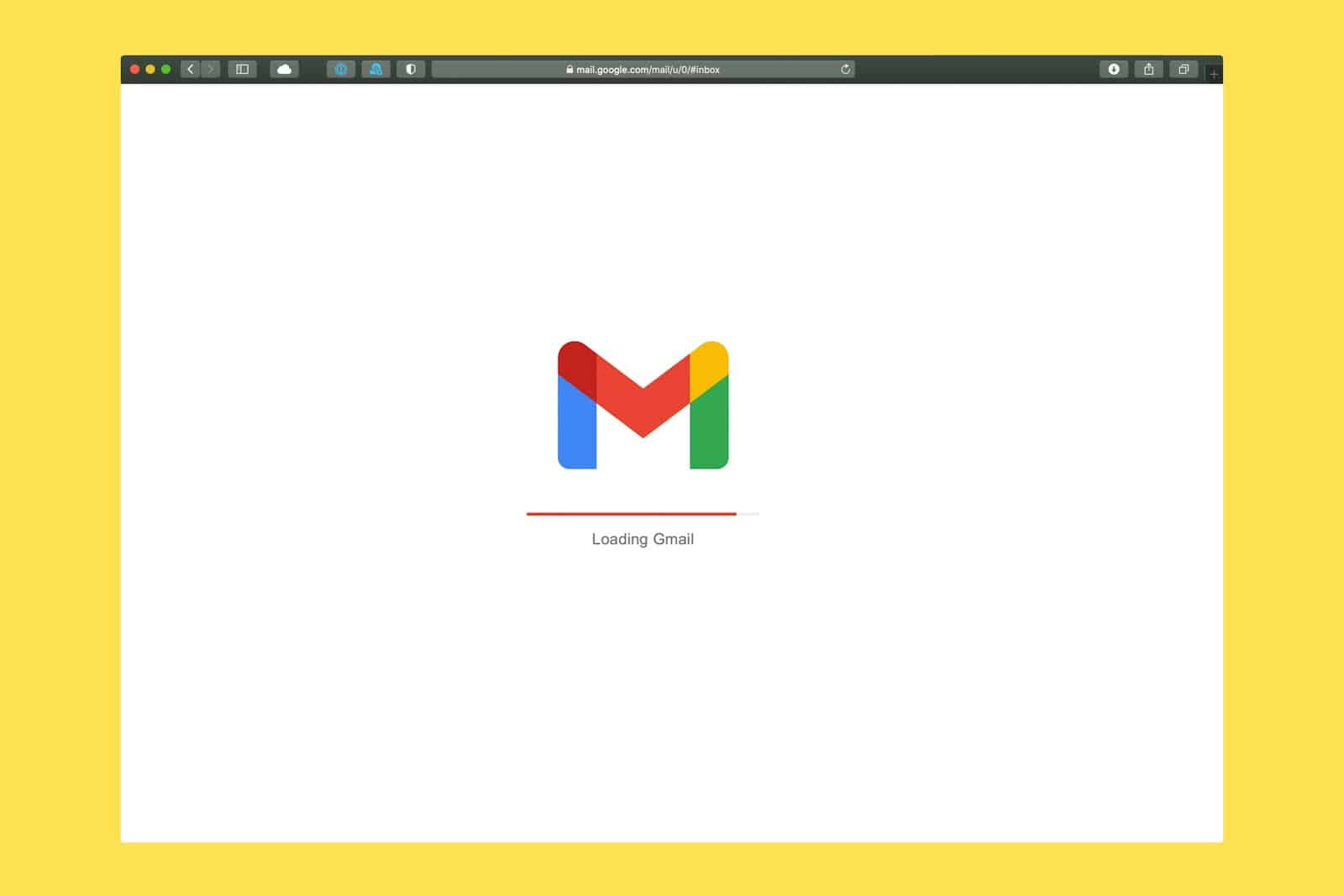To create effective email campaigns, you must understand your audience. This involves delving into their preferences, behaviors, and needs. By gathering data through surveys, social media interactions, and website analytics, you can gain valuable insights into what resonates with your subscribers.
Knowing their demographics, interests, and pain points allows you to tailor your content to meet their expectations. When you understand who your audience is, you can craft messages that speak directly to them, increasing the likelihood of engagement. Understanding your audience goes beyond just collecting data; it requires continuous observation and adaptation.
As trends shift and new interests emerge, staying attuned to these changes will help you maintain relevance. Regularly revisiting your audience profiles and adjusting your strategies accordingly ensures that your emails remain impactful. By prioritizing this understanding, you set a solid foundation for all subsequent steps in your email marketing efforts.
Contact Teracore to automate your email marketing >
Key Takeaways
- Understanding your audience is crucial for creating targeted and relevant email campaigns.
- Crafting compelling subject lines can significantly impact your email open rates.
- Personalizing your emails with the recipient’s name and relevant content can improve engagement.
- A/B testing your campaigns allows you to experiment and optimize your email marketing strategy.
- Optimizing your emails for mobile devices is essential as a large portion of users access emails on their phones.
- Segmenting your email list based on demographics, behavior, or preferences can lead to more effective and personalized campaigns.
- Automating your email campaigns can save time and ensure timely and consistent communication with your audience.
- Analyzing and adjusting your email marketing strategy based on metrics and feedback is essential for continuous improvement.
Crafting Compelling Subject Lines
The subject line is the first impression your email makes, and it can significantly influence whether your message gets opened or ignored. A compelling subject line should be concise yet intriguing, sparking curiosity while clearly conveying the email’s purpose. You might consider using action-oriented language or posing a question that resonates with your audience’s interests.
For instance, instead of a generic “Monthly Newsletter,” try something like “Unlock Exclusive Tips for Your Next Adventure!” This approach grabs attention and encourages recipients to engage with your content. Additionally, experimenting with different styles can yield valuable insights into what works best for your audience. You could test various lengths, tones, and formats to see which subject lines generate higher open rates.
Remember that personalization can also play a crucial role; incorporating the recipient’s name or referencing their past interactions can make the subject line feel more relevant. By investing time in crafting compelling subject lines, you increase the chances of your emails being opened and read.
Personalizing Your Emails

Personalization is a powerful tool in email marketing that goes beyond simply addressing recipients by their names. It involves tailoring content based on individual preferences and behaviors. For example, if you know a subscriber has shown interest in a specific product category, you can send them targeted recommendations or exclusive offers related to that category.
This level of customization enhances the user experience and fosters a sense of connection between you and your audience. Moreover, leveraging data to personalize your emails can lead to higher engagement rates. By analyzing past purchase behavior or browsing history, you can create dynamic content that speaks directly to each recipient’s interests.
This approach increases the likelihood of conversions and builds loyalty over time. When subscribers feel that you understand their needs and preferences, they are more likely to engage with your brand and look forward to your communications.
A/B Testing Your Campaigns
| Metrics | Before A/B Testing | After A/B Testing |
|---|---|---|
| Click-through Rate (CTR) | 3% | 5% |
| Conversion Rate | 10% | 15% |
| Revenue | 1000 | 1500 |
A/B testing is an essential practice for optimizing your email campaigns. By comparing two versions of an email—such as different subject lines, layouts, or calls to action—you can determine which performs better with your audience. This method allows you to make data-driven decisions rather than relying on assumptions about what might work.
For instance, if you’re unsure whether a bold call to action or a more subtle approach will resonate with your subscribers, A/B testing can provide clarity. The key to successful A/B testing lies in focusing on one variable at a time. This ensures that any differences in performance can be attributed to that specific change.
Once you’ve identified what works best, you can apply those insights to future campaigns. Over time, this iterative process will help you refine your email marketing strategy and improve overall effectiveness.
Contact Teracore to automate your email marketing >
Optimizing for Mobile
Many people access their emails on mobile devices. Optimizing your emails for mobile viewing is crucial for ensuring a positive user experience. Start by using responsive design techniques that allow your emails to adapt seamlessly to different screen sizes.
This means ensuring that text is legible without zooming, and that buttons are easily clickable on smaller screens. Additionally, consider the layout of your content. A clean and organized design with clear headings and concise paragraphs will make it easier for mobile users to navigate through your email.
Avoid cluttering the screen with excessive images or text; instead, focus on delivering a clear message that encourages action. By prioritizing mobile optimization, you enhance the likelihood of engagement and conversions from users who prefer checking their emails on the go.
Segmenting Your Email List

Segmenting your email list is a strategic approach that allows you to send targeted messages to specific groups within your audience. By dividing your subscribers based on criteria such as demographics, purchase history, or engagement levels, you can tailor your content to meet their unique needs. For example, sending a special promotion to loyal customers who frequently engage with your brand can yield better results than sending the same offer to your entire list.
Effective segmentation improves open and click-through rates and enhances the overall relevance of your communications. When subscribers receive content that aligns with their interests or behaviors, they are more likely to engage positively with your brand. Regularly reviewing and updating your segments ensures that they remain accurate and effective over time.
Automating Your Email Campaigns
Automation is a game-changer in email marketing, allowing you to streamline processes and deliver timely messages without manual intervention. By setting up automated workflows based on specific triggers—such as sign-ups, abandoned carts, or birthdays—you can ensure that your audience receives relevant content at the right moment. For instance, sending a welcome email series to new subscribers helps establish a connection and sets the tone for future interactions.
Moreover, automation enables you to maintain consistent communication with minimal effort. You can create drip campaigns that nurture leads over time, or send re-engagement emails to inactive subscribers automatically. This saves you time and ensures that no potential opportunity slips through the cracks.
By embracing automation in your email marketing strategy, you can focus on other aspects of your business while still delivering valuable content to your audience.
Contact Teracore to automate your email marketing >
Analyzing and Adjusting Your Strategy
Finally, analyzing the performance of your email campaigns is essential for continuous improvement. By tracking key metrics such as open rates, click-through rates, and conversion rates, you can gain insights into what works and what doesn’t. Regularly reviewing these metrics allows you to identify trends and patterns that inform future strategies.
For example, if you notice a decline in open rates over time, it may be time to revisit your subject lines or consider re-engaging inactive subscribers. By adjusting your strategy based on data-driven insights, you ensure that you remain responsive to your audience’s needs and preferences. It’s important to view this process as an ongoing cycle, rather than a one-time effort. As you gather more data and feedback, you can refine your approach further.
By committing to regular analysis and adjustments, you position yourself for long-term success in email marketing while fostering stronger relationships with your audience.
Protecting customer information and ensuring that emails are not compromised is crucial for maintaining trust and credibility. Before embarking on an email marketing campaign, read this article on a Bitwarden Account Guide, to ensure you keep your customers’ data safe.
Contact Teracore to assist with your marketing >
FAQs
What is email marketing?
Email marketing is a digital marketing strategy that involves sending promotional messages or content to a group of people via email. It is commonly used to build brand awareness, promote products or services, and engage with customers.
What are the benefits of email marketing?
Some of the benefits of email marketing include its cost-effectiveness, ability to reach a targeted audience, high return on investment, and the potential for building and maintaining customer relationships.
What are some best practices for email marketing?
Best practices for email marketing include building a permission-based email list, personalizing content, optimizing for mobile devices, testing different elements of the email, and providing valuable and relevant content to subscribers.
What are some common types of email marketing campaigns?
Common types of email marketing campaigns include promotional emails, newsletters, welcome emails, abandoned cart emails, and re-engagement emails. Each type serves a different purpose in engaging with subscribers.
What are some key metrics to track in email marketing?
Key metrics to track in email marketing include open rate, click-through rate, conversion rate, bounce rate, and unsubscribe rate. These metrics help measure the effectiveness of email campaigns and identify areas for improvement.



